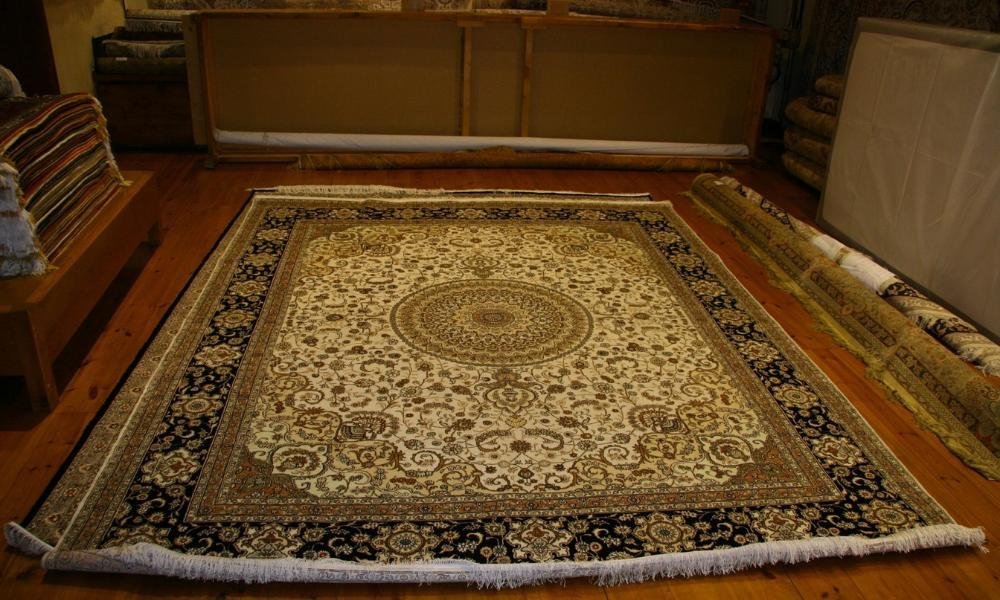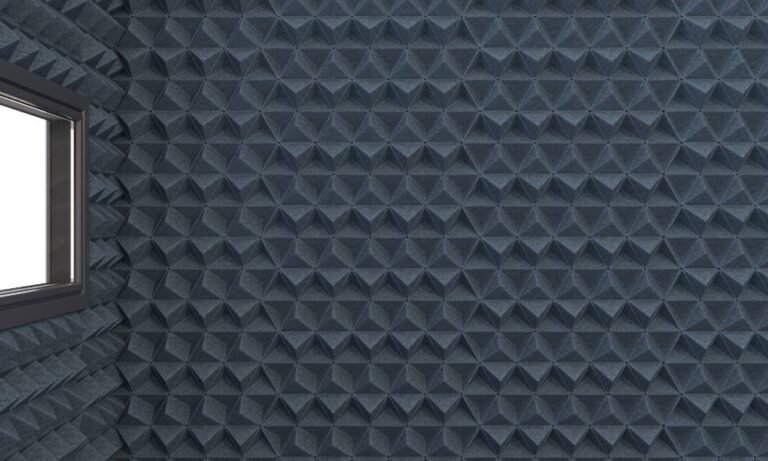Estimated reading time: 5 minutes
Noise can be a constant disruptor in your home, affecting both your comfort and well-being. Whether it’s the clamor of traffic or the sound of footsteps overhead, effective soundproofing can bring back the peace you deserve. Let me walk you through practical and proven techniques to reduce noise and create a serene living space.
What You’ll Learn
Here’s a quick look at what we’ll cover:
- Insulating walls and windows for a quieter home.
- Reducing sound from doors and floors.
- Affordable solutions like rugs and curtains.
- Advanced strategies for total peace and quiet.
- Sustainable soundproofing options.
Let’s get started!

1. Insulate Walls to Reduce Noise
Walls are a major pathway for noise to travel through. Adding insulation can significantly reduce sound transmission. High-density materials like foam panels or mineral wool are great at absorbing vibrations.
If you’re renovating, consider using soundproof drywall to further block unwanted sounds. Not remodeling? No problem! Retrofitting walls with insulation through small access points is a practical option.
Pro Tip: Pairing wall insulation with strategies like soundproofing your office can help create a productive, distraction-free environment.
2. Upgrade to Double-Glazed Windows
Windows are another common source of noise intrusion. Double-glazed windows, which have two layers of glass with an air gap in between, act as a sound barrier while improving energy efficiency.
For a budget-friendly option, secondary glazing can add an extra layer to your existing windows.
Bonus: Double glazing also helps in maintaining a consistent indoor temperature, reducing energy costs. For more practical ideas, see Soundproofing Tips: Quiet Your Home with Expert Help.
3. Use Heavy Curtains for Extra Quiet
Soundproof curtains are a simple yet effective way to reduce noise from outside. These thick, multi-layered fabrics absorb sound waves and are particularly useful in bedrooms or living areas.
To maximize their effect, pair curtains with insulated windows or add them to spaces that experience high external noise, such as near busy roads.
4. Seal Gaps and Cracks
Even tiny gaps around doors and windows can let in more noise than you might expect. Sealing these gaps with acoustic caulk or weatherstripping is an easy fix.
Adding a door sweep can also help block sound from sneaking in underneath. This is particularly useful in shared spaces where noise levels vary.
Why It Matters: Sealing gaps also enhances energy efficiency, keeping your home comfortable year-round.
5. Replace Hollow-Core Doors
Hollow-core doors are light and affordable, but they’re terrible at blocking noise. Upgrading to solid-core doors provides a denser, more effective barrier.
Solid doors are especially helpful in areas like bedrooms, where quiet and privacy are key.
Quick Tip: Combine solid-core doors with a few soundproofing panels for optimal noise reduction. For more on professional-level solutions, check out Soundproofing 101: What to Expect from Expert Services.
6. Add Acoustic Panels
Acoustic panels absorb echoes and improve sound clarity in rooms with hard surfaces. They’re perfect for spaces like home theaters, offices, or any area where noise bounces around.
These panels come in a variety of colors and designs, so you can integrate them into your décor without compromising aesthetics.
Pro Tip: Place panels on walls and ceilings for the best results. For spaces where sound quality is critical, see DIY vs. Professional Soundproofing.

7. Use Rugs and Carpets
Hard floors amplify sound, making rooms feel noisier. Rugs and carpets are an easy way to dampen footsteps and reduce echoes.
For even better results, layer rugs with a thick underlay or consider wall-to-wall carpeting in high-traffic areas.
Bonus: Rugs aren’t just practical—they add warmth and style to your space.
8. Build Bookshelves Along Shared Walls
Bookshelves packed with books can act as an extra sound barrier on walls that connect to noisy neighbors or busy hallways. This strategy is both functional and visually appealing.
Position tall shelves against shared walls for maximum effect. For more ideas on reducing sound transmission, read Soundproofing vs. Noise Reduction: Know the Difference.
9. Try White Noise Machines
Sometimes, masking unwanted sounds works better than eliminating them. White noise machines provide consistent background sounds that can drown out disturbances. They’re great for bedrooms or nurseries.
These devices are portable, affordable, and come with customizable sound settings like rain or ocean waves.
10. Use Plants for Natural Sound Control
Large, leafy plants not only beautify your home but also absorb noise. Positioning them near windows or shared walls can help block sound.
For outdoor spaces, consider creating a “green wall” with climbing plants or dense shrubs to reduce traffic noise.
Bonus: Plants also improve air quality, making them a double win for your home.
When Professional Help Is the Right Move
While DIY solutions are great, some noise problems require expert attention. Professionals can assess your unique needs and implement advanced techniques, like resilient channels or floating floors.
For more information, explore the Top Benefits of Hiring Professional Soundproofing Contractors.
Wrapping It Up
Creating a peaceful living space is all about using the right strategies. From simple fixes like rugs and curtains to professional solutions, there’s a soundproofing method for every situation.Ready to make your home a haven of calm? Explore more practical ideas in Soundproofing Tips: Quiet Your Home with Expert Help. Peace and quiet are just a few adjustments away!



